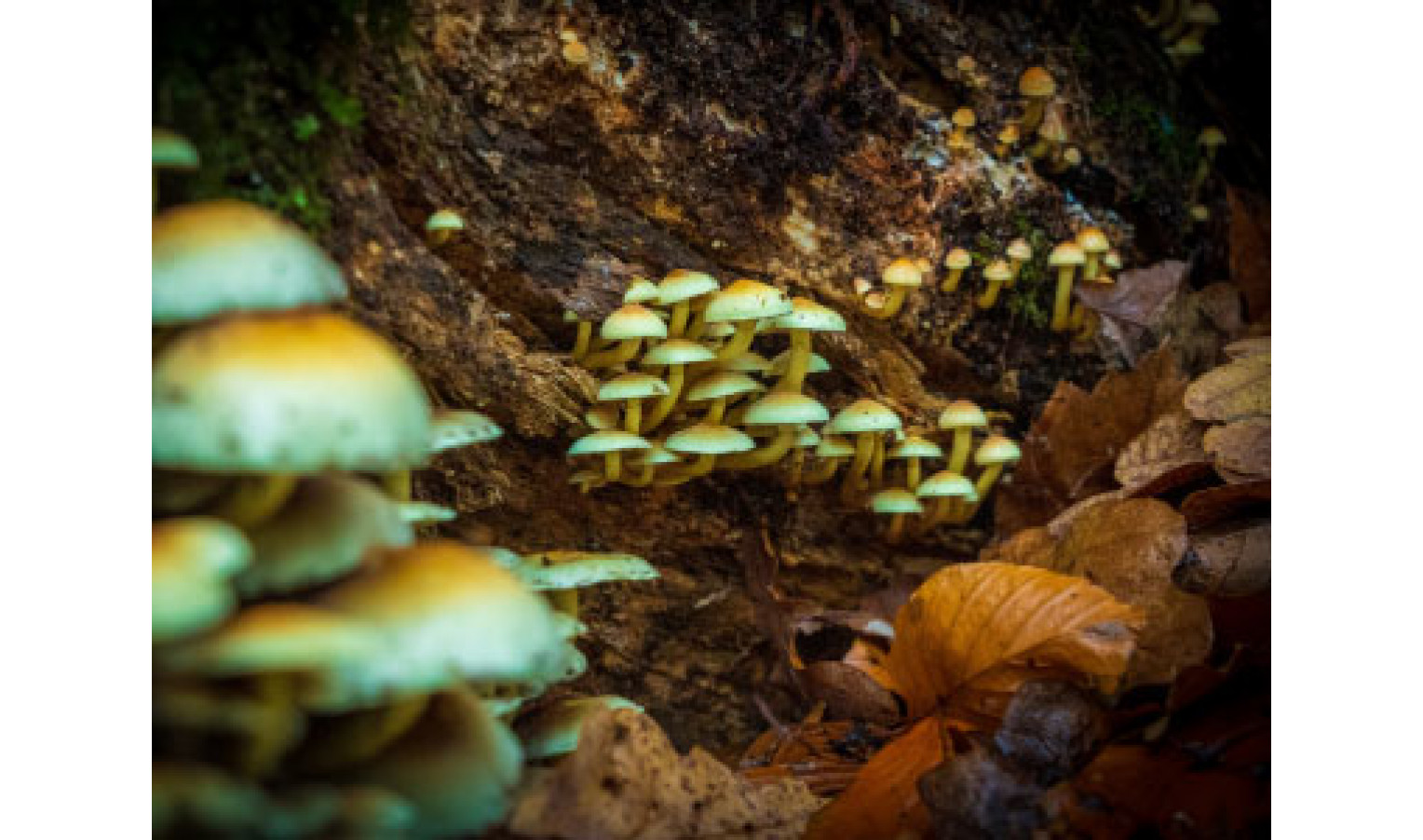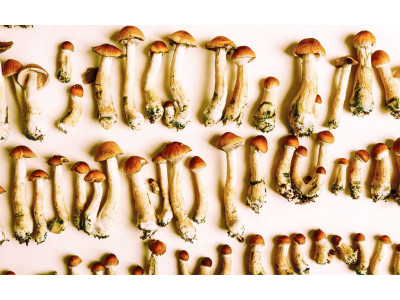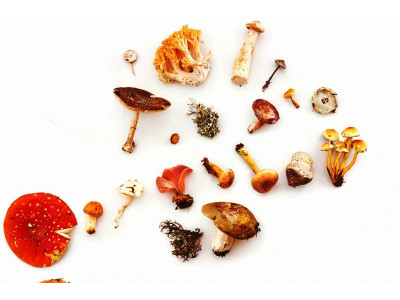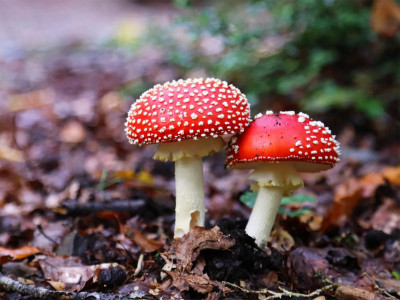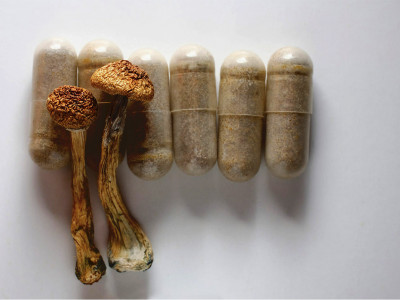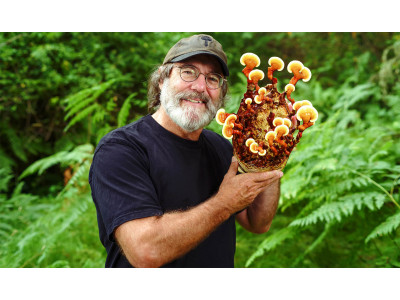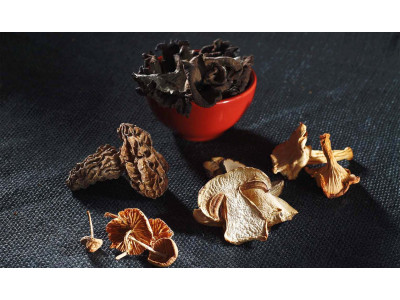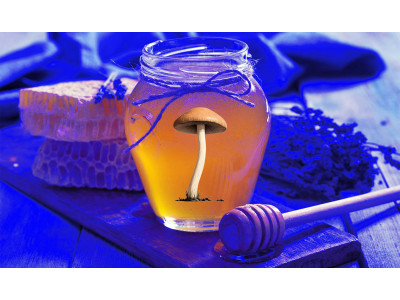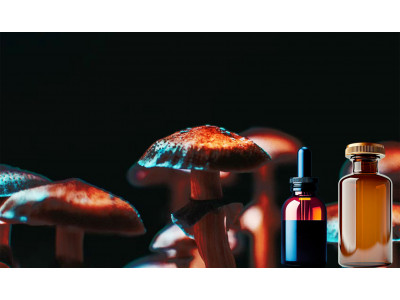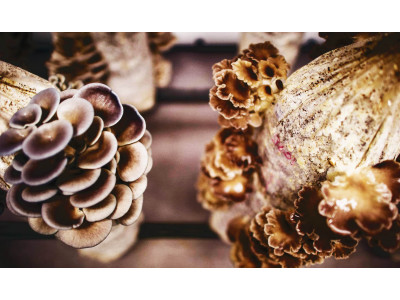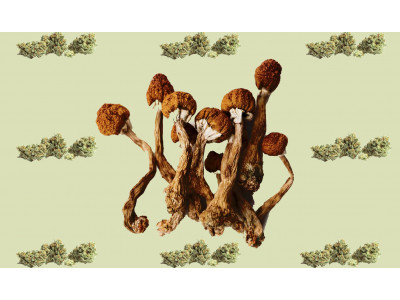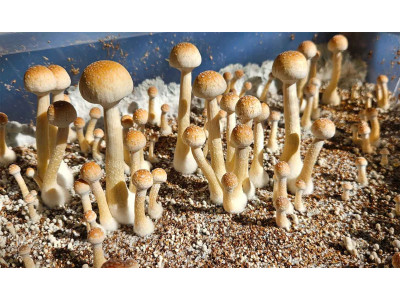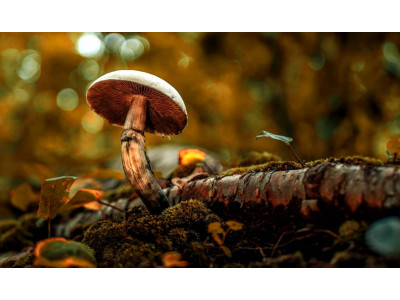Growing psilocybin mushrooms is a fun activity that requires precision and attention to detail. One of the key components of this process is the selection of a suitable substrate. In this article, we will provide detailed guidance on choosing substrates for growing psilocybin mushrooms.
Content
- Introduction
- Popular types of substrates
Introduction
The substrate is the material base and basis of the future mycelium. Some functions and qualities of a good substrate: retains moisture, allows air to pass through (allows the mycelium network to breathe), closes the pure mycelium from external influences (cover), allows the mycelium to “live” in its further conditions (and produce fruiting bodies). To mix with pure mycelium, the substrate must be sterilized or pasteurized (depending on its type).
Popular types of substrates
Hay
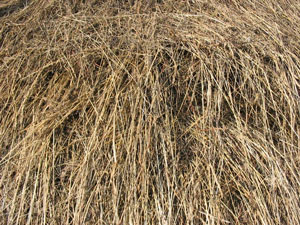
Pros:
- Availability wherever plants grow or where there is a pet store. Actually, in the first case it is absolutely free, in the second it is at an affordable price.
- With proper pasteurization, it can avoid infection for a long time, which allows fungi to colonize it faster than competitors.
- Wide range of pasteurization temperatures/times; can be used directly for seeding with spores, bypassing the grain stage altogether.
Minuses:
- The need to cut hay, most often by hand. This adds to its price brutal garden shears and a plaster for calluses. No, really, even through gloves, chopping 3 kg of hay is unpleasant. Add to this a general cleaning of the cutting area and a full nose of dust.
- Not suitable for mushroom growers with allergies.
- Low hygroscopicity, that is, it is difficult to absorb water and releases it easily. Due to low hygroscopicity and weak capillary communication, residual moisture flowing from the hay collects at the bottom of the substrate container, becoming a breeding ground for bacteria. In general, we can solve this issue by applying sterile vermiculite to the bottom, but these are unnecessary movements and there is a real possibility of not calculating the amount of vermiculite due to inexperience, creating too dry conditions for mycelium growth. Mycelium does not grow where there is free water, and where it is too dry for it;
- The overall complexity and care involved in carrying out the hydrothermal pasteurization process. Huge pots and bowls of hay, a sea of hot water, which will then need to be carried with farting steam to the toilet or bathroom to be drained. Add to this blockages in pipes and other bonuses.
- The presence of air bridges in the substrate, which occupy useful volume and slow down the colonization of the substrate, the situation can be solved by cutting the hay into smaller pieces, but this is again wasted effort and time.
Hardwood sawdust
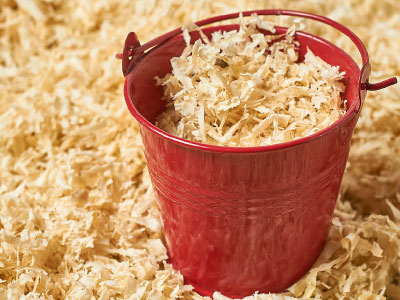
Pros:
- The substrate is quite fine in fraction, which means more rational use of the container.
- Relative "non-nutritional" for "enemy" crops.
- There are practically no air bridges, which means faster colonization.
Minuses:
- Sawdust is a very moisture-inert substrate. They swell for a long time and are reluctant to give up water. This may not be beneficial under certain conditions; for example, excessive compression during the process of laying the substrate will create a real “swamp” in the lower part of the substrate block.
- Not particularly accessible in cities. There is a ton of coniferous sawdust, but deciduous sawdust is rare, well, cats don’t like to piss in deciduous trees. Sometimes you can use something like small beech shavings to fill bird's nests, but in general there is no one reliable source.
- Gauze or other fabric in which sawdust has been pasteurized will remain a source of small debris in your home for a long time.
Manure
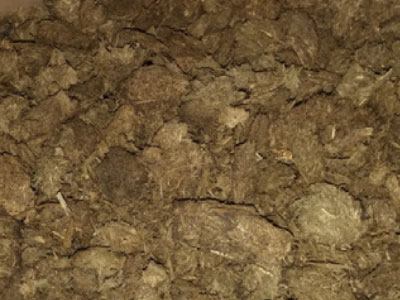
Pros:
- A substrate that contains many easily accessible nutrients. The influence of ruminant and gastric juices ideally processes plant matter into “what the mushrooms need.” It’s not for nothing that many cubensis grow directly from manure in the wild. Eh... It's a pity we don't have elephants.
- Good moisture capacity, moreover, excellent capillary communication within the substrate.
- Good both on its own and when added to mixes. A good example would be a 70/30 mix of straw and manure. Manure ensures the absence of air bridges and easily accessible nutrition; moreover, it absorbs excess residual water flowing from the straw after pasteurization, and when necessary, gives it back to easily crumble without the use of special means. Well, except for protective gloves, and that’s not for everybody.
- Possibility of inoculation of small amounts of substrate with a spore suspension.
Minuses:
- Difficult to reach in the city.
- 2. The need for preliminary deep drying before use.
- 3. The need to be scrupulous in the selection of material.
Coconut fiber
Coconut (or coconut fiber, coconut substrate) takes pride of place in the list of substrates. This is an excellent, effective, simple and affordable substrate option. Coconut retains moisture well and at the same time allows the mycelium to breathe freely throughout the entire volume of the mycelium. Coconut is the recommended clean substrate and the basis of any mix. Easy to prepare, just pasteurize overnight. Combines with any other mix in different proportions. Sold in flower shops, specialty grove stores, markets and online, in the form of pressed briquettes and, less commonly, in loose form.

